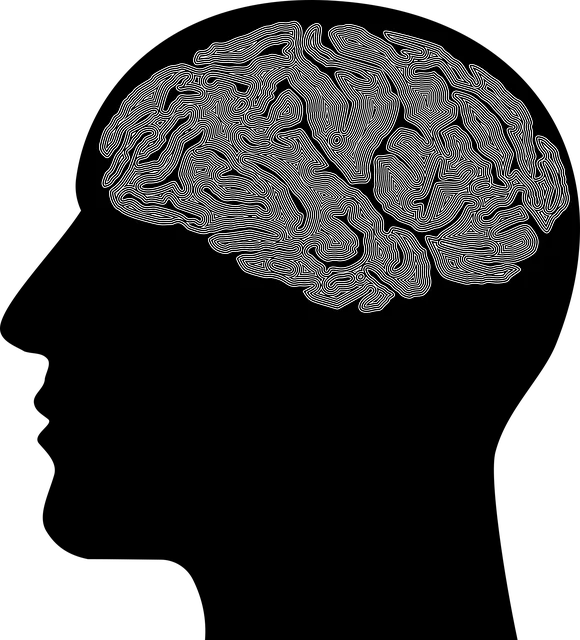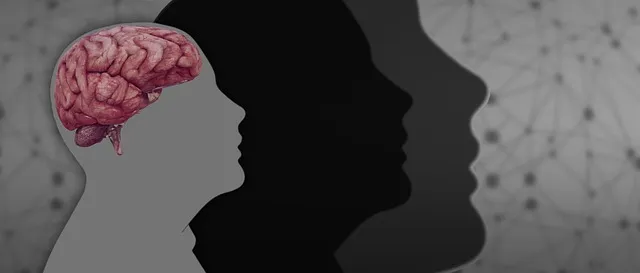Centennial Kaiser Permanente Psychiatry prioritizes patient safety through rigorous risk assessment, analyzing treatment plans, facility conditions, and staff interactions to identify mental health-specific risks. They implement proactive harm minimization strategies like Mindfulness Meditation, Burnout Prevention, and Emotional Intelligence practices, integrating Mental Wellness Journaling Exercise Guidance into care routines. Continuous improvement drives their approach, utilizing data analysis to refine protocols, reduce stigma through public campaigns, and foster a collaborative environment, ultimately enhancing patient safety and outcomes at Centennial Kaiser Permanente psychiatry.
Risk assessment and harm minimization planning are cornerstone practices in ensuring patient safety, particularly within psychiatric settings. This article explores a structured approach to risk management at Centennial Kaiser Permanente Psychiatry, focusing on understanding risk assessment as a foundational practice. We delve into identifying and evaluating risks using practical tools, implementing harm minimization strategies for clinicians, and highlighting continuous improvement through monitoring and adapting risk management plans. By adopting these methods, Centennial Kaiser Permanente psychiatry demonstrates its commitment to providing safe and effective care.
- Understanding Risk Assessment: A Foundation for Safe Care at Centennial Kaiser Permanente Psychiatry
- Identifying and Evaluating Risks: Tools and Techniques for Psychiatric Practices
- Implementing Harm Minimization Strategies: Practical Steps for Clinicians
- Continuous Improvement: Monitoring and Adapting Risk Management Plans at Centennial Kaiser Permanente
Understanding Risk Assessment: A Foundation for Safe Care at Centennial Kaiser Permanente Psychiatry

At Centennial Kaiser Permanente Psychiatry, understanding risk assessment forms the bedrock of our commitment to providing safe and effective care. It’s a comprehensive process that involves identifying, analyzing, and evaluating potential risks associated with various aspects of patient care, including treatment plans, facility environment, and staff interactions. By meticulously assessing these factors, we can proactively implement harm minimization strategies tailored to mitigate risks specific to mental health environments.
This proactive approach aligns perfectly with our mission to enhance mental wellness through innovative practices. Through Risk Management Planning for Mental Health Professionals, we integrate Mental Wellness Journaling Exercise Guidance into patient care routines, encouraging self-reflection and informed decision-making. Furthermore, we design Mental Health Education Programs that empower both staff and patients, fostering a culture of awareness and proactive risk assessment throughout our facilities, ensuring the highest standards of safety and well-being for all individuals under our care.
Identifying and Evaluating Risks: Tools and Techniques for Psychiatric Practices

Identifying and evaluating risks is a cornerstone of effective risk assessment and harm minimization planning in psychiatric practices, such as those at Centennial Kaiser Permanente. This process involves utilizing diverse tools and techniques to thoroughly analyze potential hazards within the clinical setting. One key tool is the comprehensive risk assessment matrix, which allows healthcare providers to systematically evaluate factors like patient history, medication interactions, and environmental risks.
Additionally, integrating strategies like Mindfulness Meditation and Burnout Prevention Strategies for Healthcare Providers can significantly enhance risk management. Regular coping skills development sessions, for instance, empower both patients and mental health professionals to navigate stressful situations more effectively. These approaches not only foster a sense of calm but also contribute to mitigating potential risks associated with heightened emotional states or professional exhaustion, ultimately enhancing patient safety and treatment outcomes in Centennial Kaiser Permanente’s psychiatric practices.
Implementing Harm Minimization Strategies: Practical Steps for Clinicians

Implementing harm minimization strategies is a crucial step for clinicians at Centennial Kaiser Permanente psychiatry to enhance patient care and outcomes. It involves a multi-faceted approach that starts with thorough risk assessment, identifying potential hazards unique to each patient’s context and history. By understanding individual vulnerabilities, healthcare providers can tailor interventions that address specific risks. This may include managing acute crises through de-escalation techniques, educating patients on self-care strategies, and establishing safety plans.
Practical steps include integrating Emotional Intelligence (EI) in clinical practice to perceive and manage emotions effectively. Culturally sensitive mental healthcare practices, considering the impact of Cultural Sensitivity in Mental Healthcare Practice, can also mitigate risks by fostering trust and understanding between patient and caregiver. Additionally, Mental Illness Stigma Reduction Efforts play a vital role in creating an inclusive environment that supports patients’ well-being and encourages help-seeking behaviors.
Continuous Improvement: Monitoring and Adapting Risk Management Plans at Centennial Kaiser Permanente

At Centennial Kaiser Permanente psychiatry, continuous improvement is a cornerstone of their risk assessment and harm minimization strategy. Regular monitoring involves ongoing data analysis to identify trends in patient outcomes and incident reports. This process enables them to adapt their risk management plans, ensuring that strategies remain effective and relevant in addressing emerging challenges. For instance, by analyzing patterns in medication-related incidents, they can refine protocols for prescription management, enhancing safety measures and reducing potential harms.
The integration of conflict resolution techniques within this framework fosters a collaborative environment. Encouraging open communication between healthcare professionals and patients allows for early identification and resolution of issues that could escalate and lead to adverse events. Moreover, public awareness campaigns development targeting mental health topics is an proactive measure to educate the community, promoting better understanding and reducing stigma, ultimately contributing to improved patient outcomes and safer environments at Centennial Kaiser Permanente.
Centennial Kaiser Permanente Psychiatry’s commitment to safe care is built on a robust risk assessment framework. By understanding risks, identifying them through specialized tools, and implementing harm minimization strategies, the organization ensures a proactive approach to patient safety. Continuous improvement through monitoring and adaptation further solidifies their dedication to managing risks effectively. This comprehensive strategy not only aligns with industry best practices but also enhances the overall quality of care provided at Centennial Kaiser Permanente Psychiatry.






